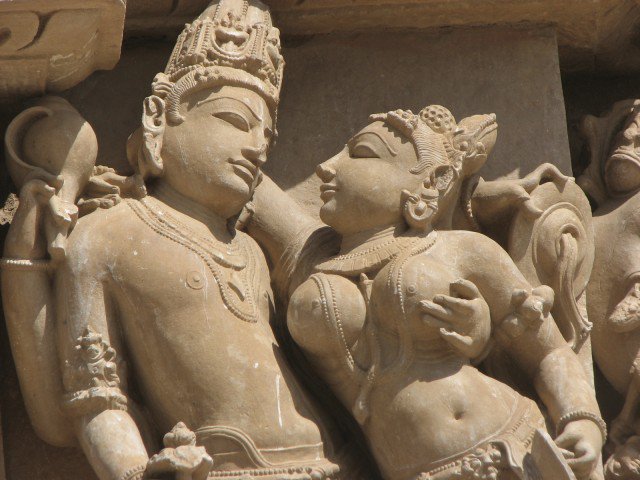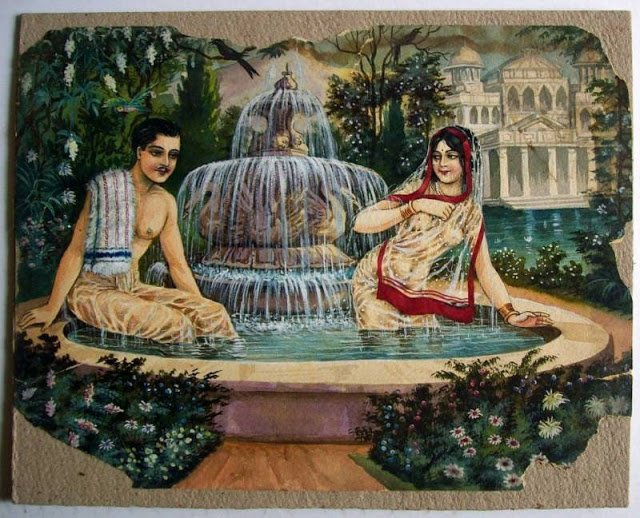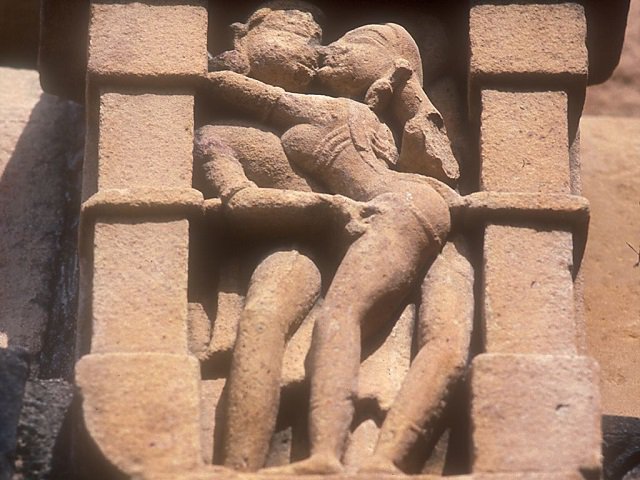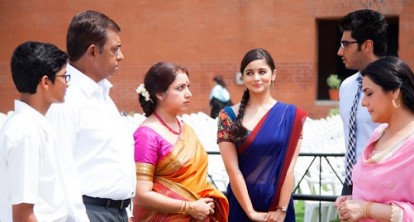What Are Exoplanets And How NASA Detects Life Beyond Our Solar System
Bharti Airtel Set To Acquire Telenor India Within This Year
Google Celebrates NASA’s Discovery Of Seven Earth-Like Planets With An Animated Doodle
Some Home Remedies That Might Sound Bizarre But Actually Work Like A Charm
Akshay Kumar Feels He Has Made Enough Money, Now Wants To Focus On Content & Characters
Delhi ATM Dispenses Fake Rs 2000 Notes From ‘Childrens Bank of India’ With ‘Churan Lable’
Adolf Hitler’s Personal Telephone During World War II Is Up For Auction In The US
From Salman Khan To Rekha, Neil Nitin Mukesh’s Wedding Reception Was Quite A Starry Affair
Did You Know Love Marriages & Live-In Relationships Were Totally Cool In Ancient India?
Gandharva Marriage. Throughout India, we hear reports of young couples facing opposition from their parents and families, people who have absolutely no chill whatsoever just because their kids chose their partners on their own. Phrases like honour killings, bride/groom kidnappings, child marriages, etc have found their way into the 'normalcy' chamber inside our heads because some people abhor the idea of freedom to love. And almost always, the broken record of a justification they use? Tradition. Well, guess what tradition junkies, if we were to play your game of things-must-be-as-they-always-were, you're still on the wrong side of the argument. You see, as it turns out, our ancestors were not the prudes you so conveniently made them out to be. The prime exhibit
Yep, our ancestors were totally down with the idea of live-in relationships.
And I'm not talking about mere one night stands. Not at all. This was more of a we-like-each-other-so-we've-decided-to-together sort of a thing. If you do a simple search for 'Gandharva Marriage' on the Internet, you might come across this.
In Rig vedic opinions and classical literature, the commonly described marriage method was Gandharva, where the bride and the groom had met each other in their ordinary village life, or in various other places such as regional festivals and fairs, begun to enjoy one another's company, and decided to be together. This free choice and mutual attraction were generally approved by their kinsmen. A passage in the Atharvaveda suggests that parents usually left the daughter free in selection of her lover and directly encouraged her in being forward in love-affairs. The mother of the girl thought of the time when the daughter's developed youth (Pativedanam, post puberty), that she would win a husband for herself, it was a smooth and happy sort of affair with nothing scandalous and unnatural about it.

Even in the Mahabharat, Bheem and Hidimbaa's coupling was considered acceptable under the tenets of Gandharva marriage. Rishi Kanva, the foster-father of Shakuntala, had this to say about Gandharva marriage.
The marriage of a desiring woman with a desiring man, without religious ceremonies, is the best marriage.
This is somewhat akin to what the west calls 'common law marriage', where the couple lives together for a certain amount of time before society considers them married. There are no religious vows involved - it's all about free will and consent.






